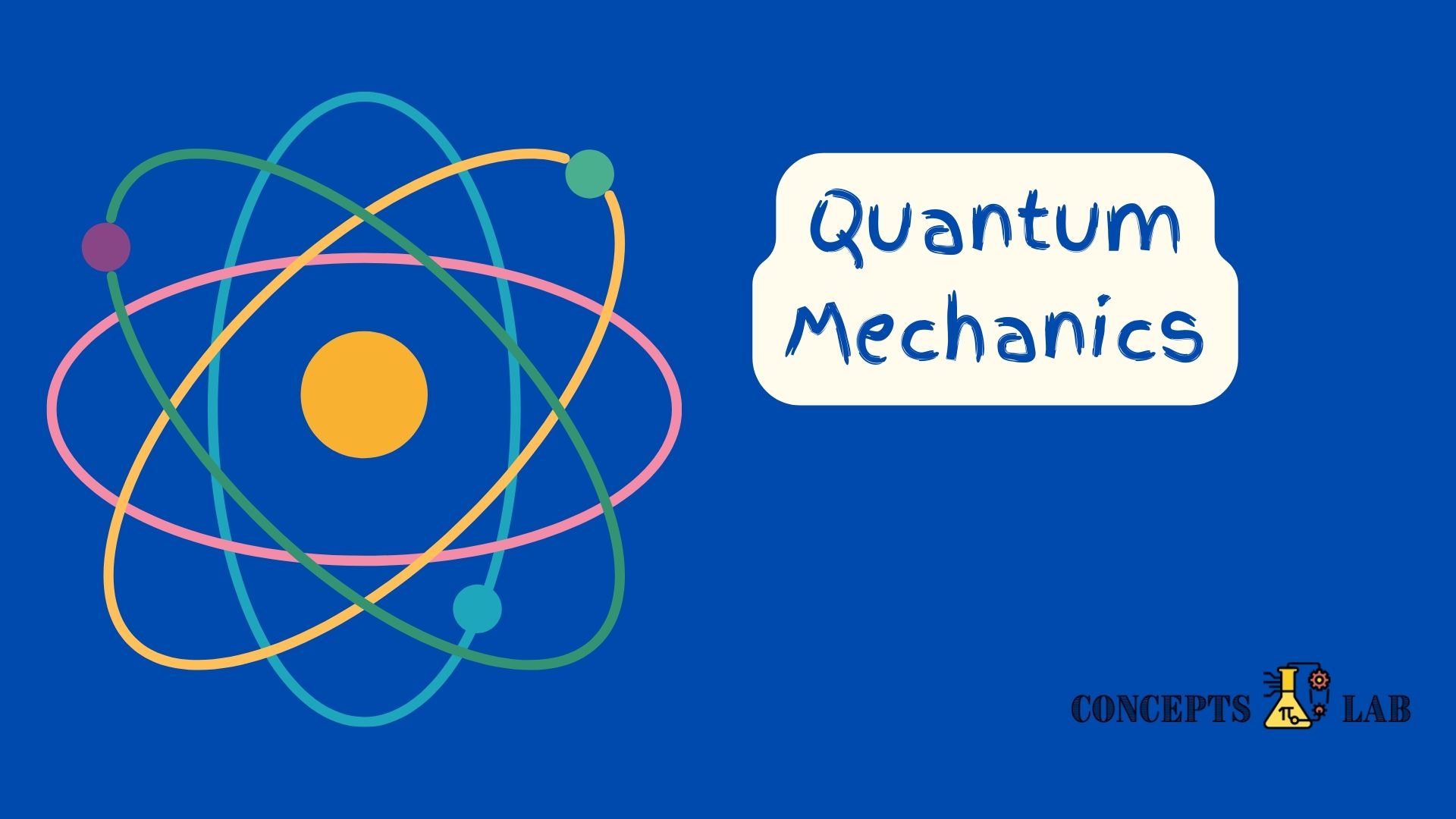Here’s an attempt to explain some key principles of quantum mechanics to school students:
- Wave-Particle Duality:
- Explanation: Imagine particles like electrons are like tiny, invisible waves and little balls at the same time.
- Analogy: Think of it like water waves and beach balls. Sometimes electrons act like waves, and sometimes they act like tiny balls.
- Quantum Superposition:
- Explanation: Electrons can be in many places at once, not just one spot.
- Analogy: It’s a bit like a magician making a coin disappear and reappear in different hands at the same time.
- Quantization of Energy:
- Explanation: Electrons can only have certain amounts of energy, like steps on a staircase.
- Analogy: Imagine climbing stairs, but you can only land on specific steps, not in between.
- Uncertainty Principle:
- Explanation: We can’t know exactly where an electron is and how fast it’s going at the same time.
- Analogy: Picture trying to measure how fast a tiny ant is running while also trying to find out exactly where it is. You can know one thing well, but the other will be a bit uncertain.
- Quantum Entanglement:
- Explanation: Two particles can be connected in a special way, so changing one instantly affects the other, no matter how far apart they are.
- Analogy: Imagine having two magic dice. When you roll one, the other shows the same number, even if they’re in different rooms.
- Quantum Tunneling:
- Explanation: Particles can sometimes pass through barriers that seem impossible to cross.
- Analogy: Pretend you have a magical ability to walk through walls – that’s a bit like what particles can do in certain situations.


No responses yet